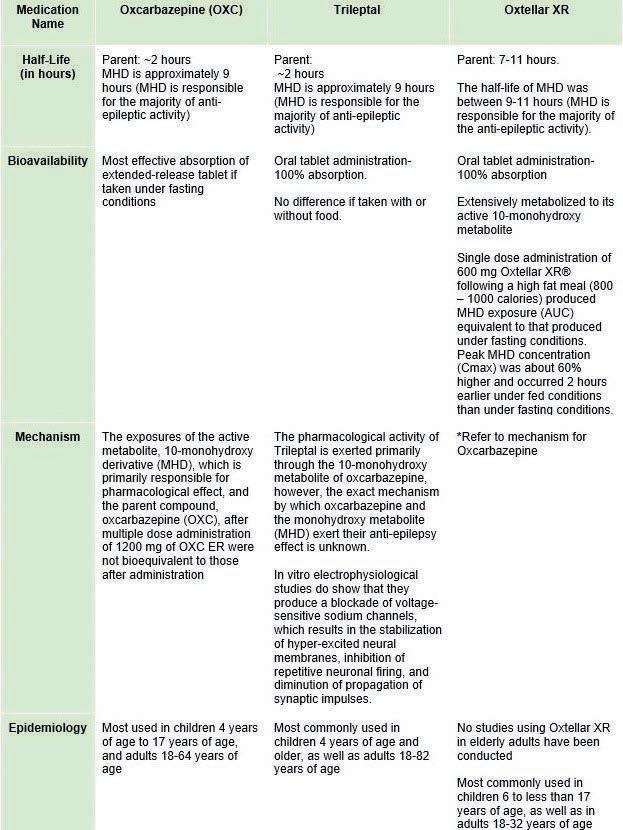Scholarly Research In Progress • Vol. 5, November 2021
Environmental Influences on Childhood Asthma Prevalence in Philadelphia Raeva N. Mulloth1*, Alexander J Blackley1*, Peter J. Koszuta1*, Kaitlyn M. Nemes1*, Maddison M. Vail1*, and Monglin L. Zhang1* ¹Geisinger Commonwealth School of Medicine, Scranton, PA 18509 *Master of Biomedical Sciences Program Correspondence: rmulloth01@som.geisinger.edu
Abstract Background: In 2019 the American Lung Association found that for the second year in a row, the Philadelphia metro has deteriorated the surrounding area’s air quality due to worsening ozone smog. This spike in unhealthy air quality in Philadelphia has affected the health of the city’s population. Unhealthy air quality can be exacerbated by asbestos, which has been found in many Philadelphia elementary schools. Although asbestos usage is now highly regulated, it can still be found in consumer products and construction material today. Among the many factors contributing to asthma onset and other lung diseases, air pollution and dangerous air particles such as asbestos are important contributors. Children in these asbestoscontaminated schools were exposed and ultimately sick which led to their school’s eventual closure. Due to children’s immature and more vulnerable airways, this exposure may have led to increased cases of respiratory distress. Methods: This research study analyzed asbestos data from Asbestos Hazard Emergency Response Act (AHERA) reports from four Philadelphia elementary schools (Laura H. Carnell, James J. Sullivan, Clara Barton, and Thomas M. Peirce) from 2016 to 2018 to further understand the influence of asbestos particles on asthma in children. Secondary data analysis determined the levels of asbestos contamination in each elementary school and the severity of the condition for each school. This was compared to children’s asthma prevalence during the selected time period. Results: Asbestos was mainly found in the pipe insulation and tiles within each school. Between 0.06 and 1.18% asbestos damage was found in 2-6-inch pipe insulation in schools closed for asbestos abatement. An r² of 0.9997 was found when comparing the 2-6-inch pipe damage percentage and the newly friable material found in each school. Thomas M. Peirce Elementary was determined to be the highest concern, according to the analysis of the AHERA reports. Conclusion: Children exposed to asbestos in elementary schools and with a predisposition to asthma were more likely to suffer from respiratory distress due to the multiple contributing environmental factors.
Introduction The City of Philadelphia Department of Public Health Air Management Services has been tracking air quality since the 1980s and discovered an increase in ozone smog in recent years that has contributed to unhealthy air quality (1). Oxidative species exposure, such as ozone and particulate matter found in the air, can lead to tougher, more fibrous, and less efficient respiratory tissue. These environmental influences put those
with existing respiratory conditions and vulnerable populations, such as elderly and developing children, at a higher risk for respiratory distress (1, 3). Asthmatic children who have been exposed to ozone-polluted air can be more at risk for hospitalization, and as a consequence, live shorter lives (2, 4). Negative outcomes related to respiratory illness in Philadelphia can be a results of ozone levels as well as other air pollutants (4). Children are especially vulnerable to respiratory irritation and distress due to their behavior and physiology, specifically the immaturity of their airways (2). Evidence supports that air pollution in developing cells early in life leads to abnormal respiratory functions and growth, which leads to the development of respiratory diseases later on in life (2, 5). Another environmental factor that influences Philadelphia children’s propensity for respiratory diseases is their exposure to asbestos-contaminated schools. Asbestos is a naturally occurring mineral that is resistant to heat, electricity, and corrosion, making it an effective insulator (6). From 1866 to 1978, asbestos-containing building material was manufactured because it was considered to be the ideal material for all types of insulations. Although asbestos presented as a great insulator, it is highly toxic with prolonged exposure (6). Buildings built before asbestos was deemed toxic were all insulated with asbestos, including many of the elementary schools in Philadelphia (7). Data was collected from different elementary schools in Philadelphia from 2016 to 2018 that were built between 1908 and 1931. These schools have confirmed findings of asbestos in their pipe and duct installation, and floor tiles (7–10). The asbestos in these elementary schools potentially exposed a total of 2,700 students, which may be associated with increased incidence rates of asthma in these children due to the toxicity of the product (7–10). In addition to assessing asbestos within the identified elementary schools, other information related to air quality and respiratory illness in Philadelphia County and surrounding counties was collected. Data collected from the city of Philadelphia showed rates of asthma in specific neighborhoods regarding population density and location. Research from 2019 shows the breakdown of 46 different neighborhoods within Philadelphia and compares averages of many different health factors and health outcomes within each neighborhood and in Philadelphia (11). The data indicates neighborhoods in Philadelphia with higher asthma rates in children are in the Upper North, Lower Northeast, and West areas (11). The neighborhoods and surrounding areas of this study’s chosen elementary schools have an increased prevalence of childhood asthma compared to other Philadelphia neighborhoods (11). These neighborhoods also have reported differing levels of access to medical care and housing code violations, which are
141












































